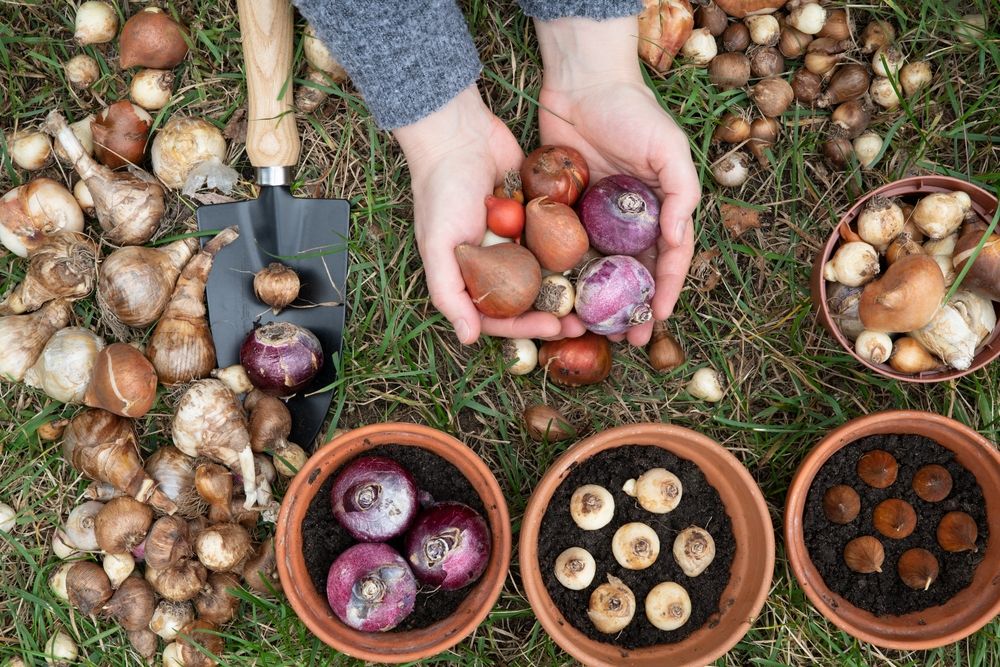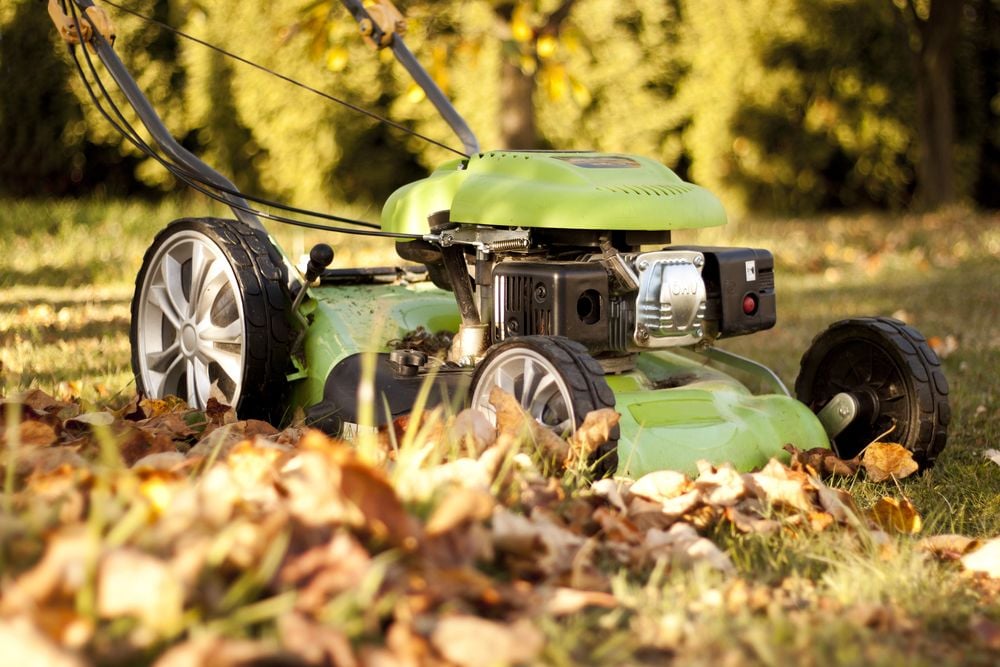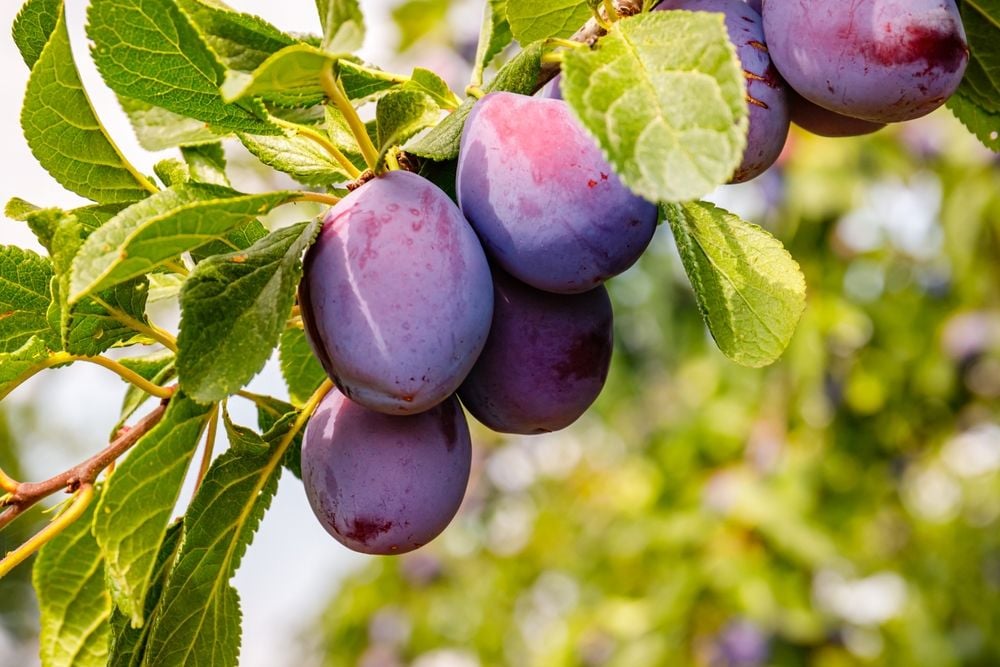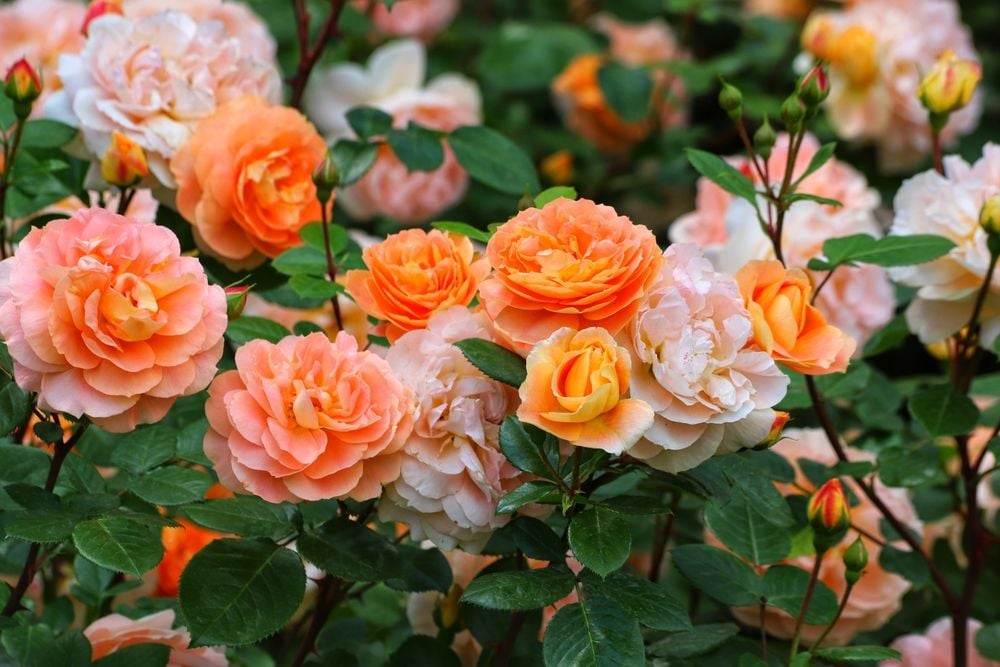
Revamp Your Garden: Trust the Pros on Dividing Spring Bulbs
- Sep 18, 2025
Ever noticed your spring bulbs not blooming as much? This could be a clear indication that your bulbs require dividing. This gardening task is simple, yet essential to maintain the vitality of your bulbs, despite needing attention only every few years. Read along to learn the minutiae of dividing these flowers to ensure a flourishing garden.
Spring bulbs typically flower at the start of the year and uphold their leaves weeks post bloom, an important process in refueling the bulbs through photosynthesis. Once the refueling is complete, the foliage retreats during summer and fall, only to reappear next spring. Author Jenny Rose Carey advises dividing bulbs in late spring or early summer when the leaves have harnessed enough sunlight to revitalize the bulbs for the next year's growth. This is also the period when locating and extracting bulbs without damaging them is easiest.
Didn't get around to dividing your bulbs this spring? Don't fret. According to Carey, you can divide bulbs in their dormant phase at any time. Bear in mind, though, that freezing winter conditions in certain regions could make this process challenging. Thus, based on your regional hardiness zone, Kathy Jentz, another gardening book author, suggests commencing digging prior to the grounds freezing, ideally from the end of October to mid-November.
Bulb dividing is a straightforward task that requires a little prior study particular to your garden variety. For instance, while dividing dahlias one may wrongly assume that each root part will flourish. Carey clarifies, "divisions with a couple of shoots on the main tubular stem are the ones that will grow. So divide with caution, making sure to include a part of the central stem."
Understanding the specific requirements of the bulb variety in your garden will ensure smoother dividing process. For example, tender bulbs such as cannas and dahlias that can't withstand outdoor winter conditions should be preserved indoors. These bulbs best survive in moderate conditions, neither too cold nor hot, neither too dry nor wet. Carey shares a tip to wrap these bulbs in multiple layers of reused paper and store them where you can monitor every week or two. "You can easily dampen them if they look shriveled or open up the package if they appear wet or start to grow mold," she advises.






